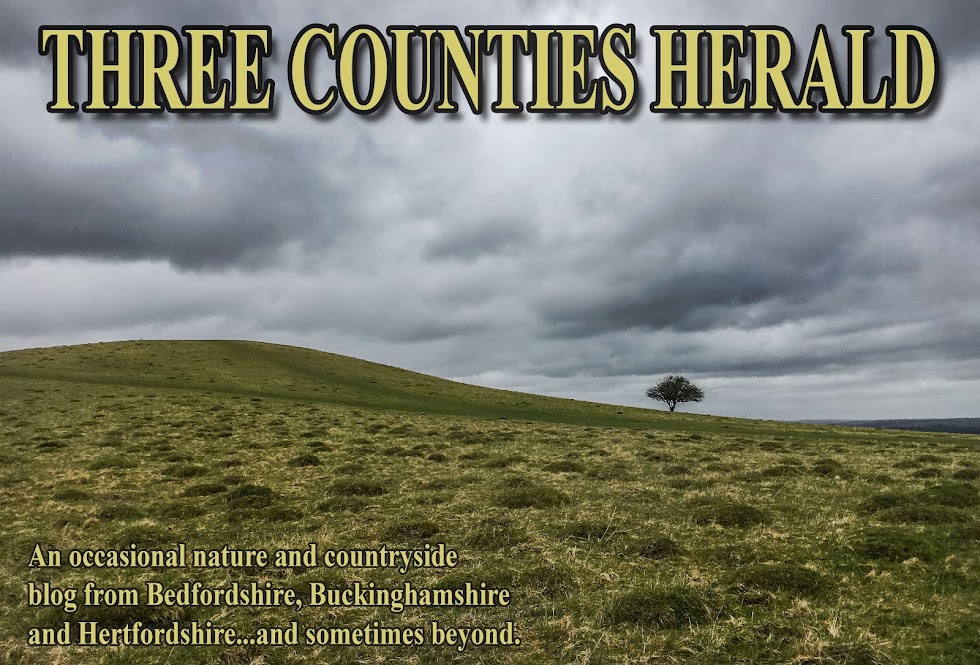Yesterday I arranged to meet Keith, at silly o'clock (it was
still dark!), in the car park at Wilstone, one of our local reservoirs.
Our quest? to see if we could locate the American vagrant
that had been giving good sightings over the last few days...A female
Ring-Necked Duck (aythya collaris) Did we see it? Eventually yes...sort of, but not until a
grown up birder with a big spotting scope had pointed it out to us, it was
quite distant!
In case you don't know what a Ring-Necked Duck looks like, here's
a picture of it!
After the excitement of seeing 'the duck' we set off to walk
around the rest of the reservoir. After
walking for about fifteen minutes it suddenly hit me that I no longer had the
back pack, containing the wide angle and macro lenses that I usually carry
around with me! A quick rewind and I
came to the conclusion that I'd left it in the bird hide, unloading my camera
and bins onto Keith I set off to hopefully retrieve my belongings. Now, have
you seen that funny walk people do when
they're in a hurry? .....two or three quick steps followed by a funny sort of straight legged jogging then a few more quick
steps, add in some muddy tracks and grassy banks...get the picture? I even
passed two lycra clad young ladies that were out jogging/ walking their dogs
(okay...okay...they'd stopped for a chinwag) back at the deserted hide, there was my bag, exactly
where I'd left it. I shouldn't have
worried, it was still early and any sensible birders were still in bed!!
It was a rather slower walk that I took to catch back up with Keith!...the rest of our journey
around the reservoir was rather less eventful, save for a quick glimpse or a
long staying Water Pipit and a close flyby of some Greylag Geese that
were returning to the water after feeding out in the nearby fields.
Our next stop was College Lake, just a few minute's drive
away, where we were hoping to see the (three?) Jack Snipe that had been
reported as showing well the previous evening. As we walked the circuit of the
lake we stopped off at the various hides...no Jack Snipe to be seen though!
There were quite a few Common Darter dragonflies about along
the footpaths, this female decided to have a little game of hide-and-seek with
me.
At one end of the lake there is a large area covered in
rough grass and small trees/shrubs and it's always a good spot for seeing
Kestrels, Red Kites and Buzzards. It wasn't long before we were treated to a graceful/lazy
flyover by this Buzzard.
Soon we heard the angry kaar, kaar call of a Rook, it didn't take long
to spot what all the noise was about, up in the sky above and, slowly drifting
towards us, was a female Kestrel being harried by a rather persistent Rook.
This went on above our heads for quite a while before the Kestrel decided she had had enough and made a
graceful exit.
There was one final hide to visit in the hope of seeing those
Jack Snipe, although we did managed to spot four or five Snipe none of them
were Jack Snipe. In other words we'd experienced what grown up birders call a 'dip'
(or they've dipped) when time is spent looking unsuccessfully for their target
bird. And we'd just dipped...a big
fat dip!!
























